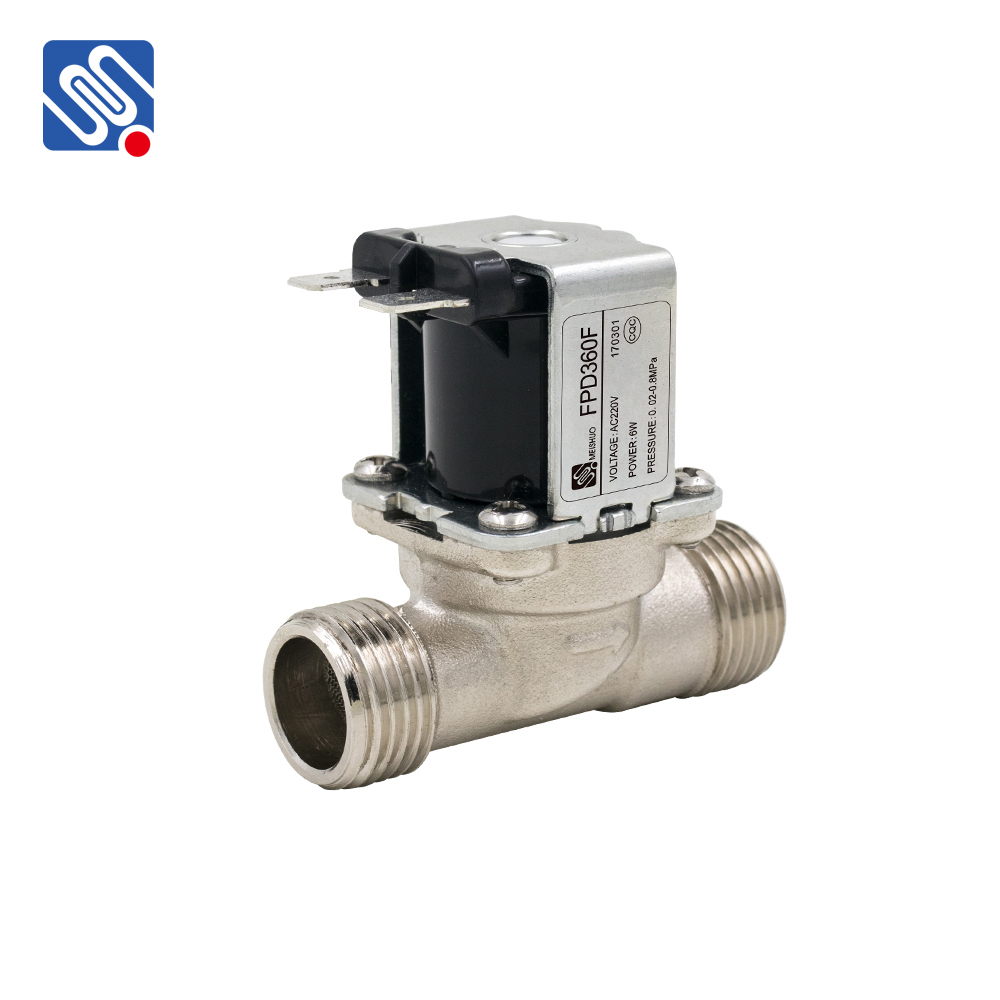A Direct Acting Solenoid Valve is a type of valve that uses an electromagnetic solenoid to control the flow of fluids or gases through a system. It is a crucial component in many industrial and commercial applications, ranging from simple household appliances to complex automation systems. This article delves into the working principles, types, applications, and advantages of direct acting solenoid valves.

What is a Direct Acting Solenoid Valve? A direct acting solenoid valve operates through an electromagnetic coil that, when energized, generates a magnetic field. This magnetic field then acts on a plunger or piston, causing it to move and either open or close the valve. Unlike pilot-operated valves, which use pressure to assist in opening or closing, direct acting solenoid valves function solely through the action of the solenoid. As a result, they can handle smaller flows and operate efficiently even at lower pressures. The direct acting mechanism ensures that these valves are fast-acting and responsive to changes in the electrical signal sent to the solenoid coil. This makes them suitable for applications where quick and precise control is essential.